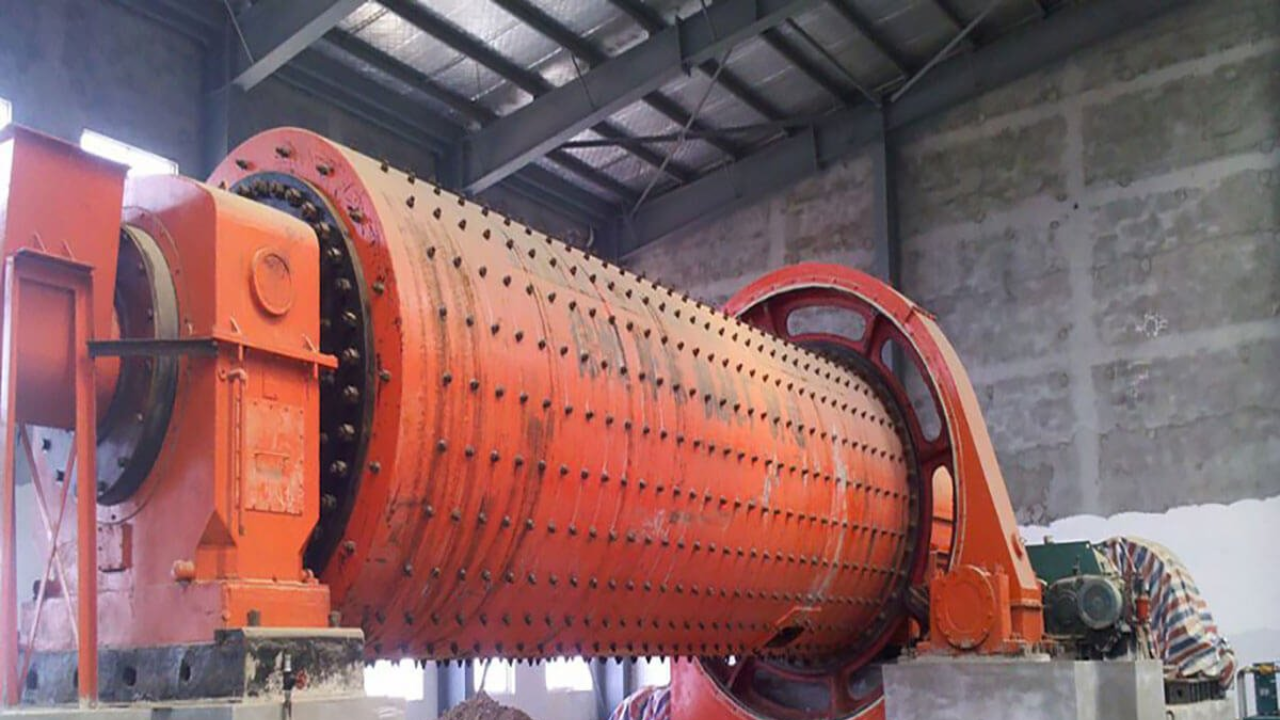Material processing is an important factor in cement production. Grinding is essential among the stages. Cement quality cannot remain the same without controlled grinding. Here, the cement ball mill serves as the focus for achieving a high level of fineness and uniformity. This mill has a direct bearing on the productivity as well as using less energy. The outcomes of high-efficiency designs are better performance, decreased costs, and sustainability. This information on such innovations can help you make informed decisions concerning cement operations.
The Role of Grinding in Cement Manufacturing
During cement production, crushing and grinding are involved. The cracking of large stones occurs when they are subjected to crushing. These fragments are then ground to a fine powder. The proper reduction of particle size determines the effective quality of cement. Fine and uniform particles ensure adequate strength, an appropriate setting time, and resistance to time. Unstable grinding, in its turn, makes cement weak and slows down the setting process. The uniformity in the grinding phase implies that cement is stable in construction works.
How a Cement Ball Mill Works
The cement ball mill is cylindrically shaped and has a feed in and a discharge out. Materials are brought into the system by the inlet and circulate within the rotating shell. Grinding balls roll, bang, and pound the particles by collision and attrition. The process of feeding, grinding, and discharging ensures continuous operation. Wet grinding is used when a finer dispersion is required, whereas dry grinding is suitable for standard cement manufacture. When you are aware of this, you know which process to use for a particular need.
Key Features of High-Efficiency Ball Mills
High-performing ball mills improve performance due to several design features. Optimized rotating speeds strengthen the transfer of energy between the balls and the material. Delicate linear designs minimise wear, putting balls in efficient motion. Accurate discharge regimes permit stable fine particle discharge. You can process a wide range of materials, including limestone/clinker/gypsum, as well as various additives, using these mills. With such features, high-efficiency mills increase throughput and lower operating costs. You will have consistent outcomes without compromising on durability.
The Grinding Media in Efficiency
The type of grinding media used largely determines the success of the milling process. Media vary in size, density, hardness, and composition. Bigger balls provide impact crushing, whereas more petite balls provide a finer grinding. Sizing with mixed sizes enhances the dispersion of particles. Steel balls are still used, although alumina and zirconia media are cleaner and produce less contamination in the mill. Zirconia has better wear resistance, but is more expensive. The selection of the appropriate grinding media will result in a high level of consistency, efficiency, and material compatibility.
Material Compatibility and Performance Outcomes
Clinker, limestone, gypsum, and additives are some of the materials used as production accelerators in the cement industry. Not all materials respond identically to grinding. The harder feedstocks require increased energy and more powerful grinding media. Liner and media composition also influence contamination. In blended cements, it is necessary to have uniform reactivity. High-efficiency ball mills are adjustable to accommodate mixed feed materials without compromising performance. The result will be consistent cement strength and dependable durability in use.
Operational Benefits of High-Efficiency Ball Mills
High-efficiency designs provide numerous operational advantages. One, throughput is enhanced through optimized grinding action. Second, culture suffers energy conservation that is increased by high transfer efficiency. Third, long-life liners and media houses minimize maintenance downtime. In the long term, cement strength remains constant because the distribution of particle sizes remains constant. These benefits eventually reduce the overall costs while improving the quality of output. Significant financial and environmental benefits accompany these advantages in large-scale operations.
Applications Beyond Cement Production
The uses of ball mills go much beyond cement plants. They powder coal, pigments, feldspar, and quartz stone. Mills in ceramics facilitate the processing of fine materials used in glazes and bodies. They are used in the preparation of ores in mineral processing for the further stage of concentration. Even the production of amorphous materials is possible through high-efficiency ball mills, which increases the chemical reactivity required for advanced applications. Such an ability renders them indispensable in most sectors that rely heavily on fineness in establishing the quality of the products.
Conclusion
The cement manufacturing is still based on grinding—a ball mill for cement guarantees fineness, strength, and durability. Productivity and the cost of energy are determined by efficiency in this stage. Mill product involves high-efficiency mills to introduce stability in operations, longer component life, and high-quality outcomes.


